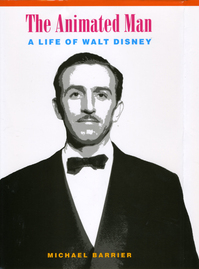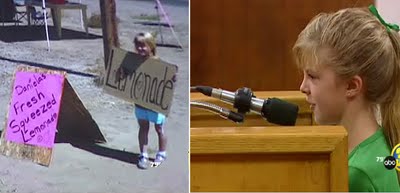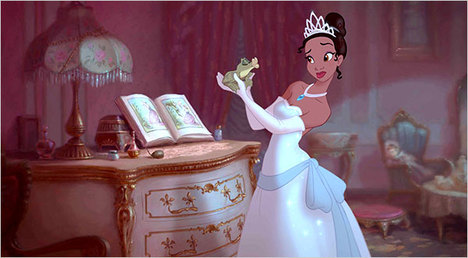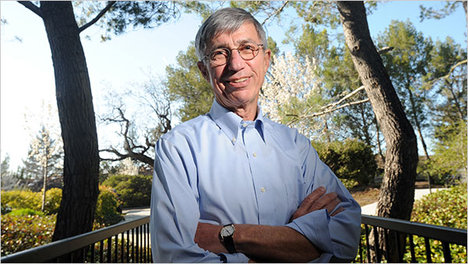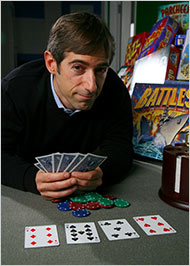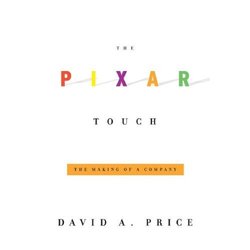(p. 286) “He is shy with reporters.” Edith Efron wrote for TV Guide in 1965. “His eyes are dull and preoccupied, his affability mechanical and heavy-handed. He gabs away slowly and randomly in inarticulate, Midwestern speech that would be appropriate to a rural general store. His shirt is open, his tie crooked. One almost expects to see over-all straps on his shoulders and wisps of hay in his hair. . . . If one has the patience to persist, however, tossing questions like yellow flares into the folksy fog, the fog lifts, a remote twinkle appears in the preoccupied eves, and the man emerges.”
Here again, as in other interviews from the 1960s, Disney permitted himself to sound bitter and resentful when he said anything of substance: “These avant-garde artists are adolescents. It’s only a little noisy element that’s going that way, that’s creating this sick art. . . . There is no cynicism in me and there is none allowed in our work. . . . I don’t like snobs. You find some of intelligentsia, they become snobs. They think they’re above everybody else. They’re not. More education doesn’t mean more common sense. These ideas they have about art are crazy. . . . I don’t care about critics. Critics take themselves too seriously. They think the only way to be noticed and to be the smart guy is to pick and find fault with things. It’s the public I’m making pictures for.”
Source:
Barrier, Michael. The Animated Man: A Life of Walt Disney. 1 ed. Berkeley, CA: University of California Press, 2007.
(Note: ellipses and italics in original.)


